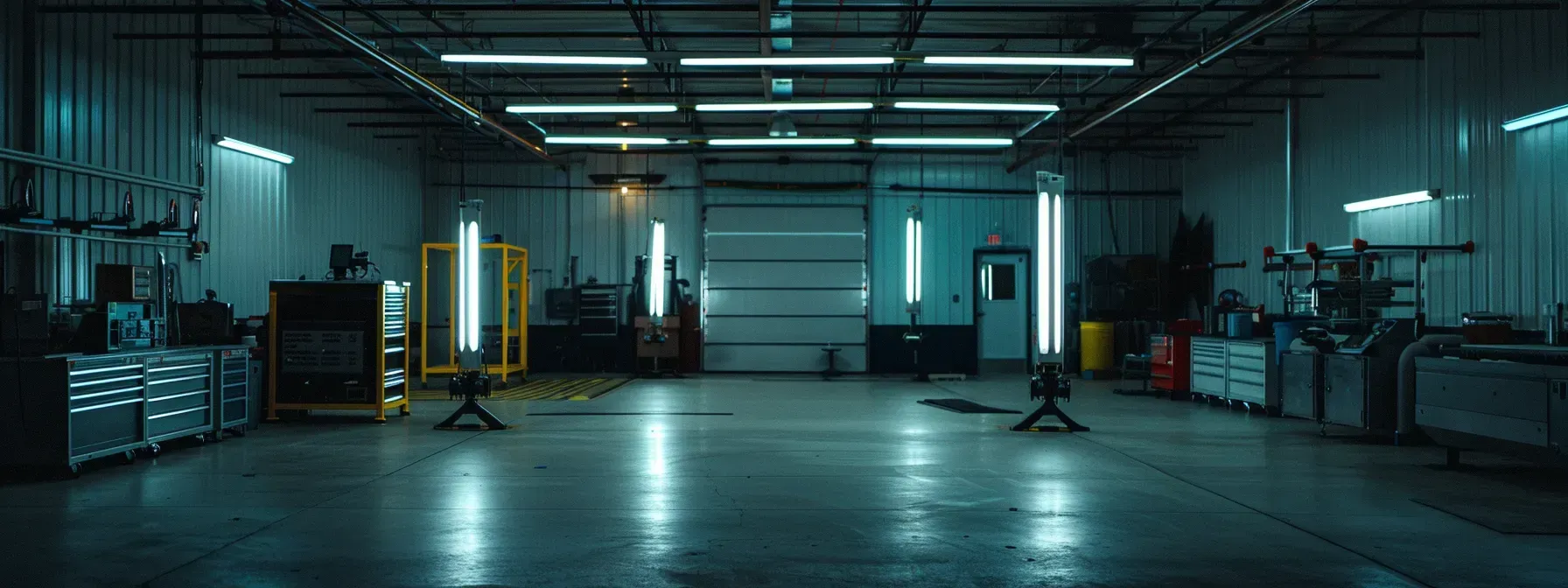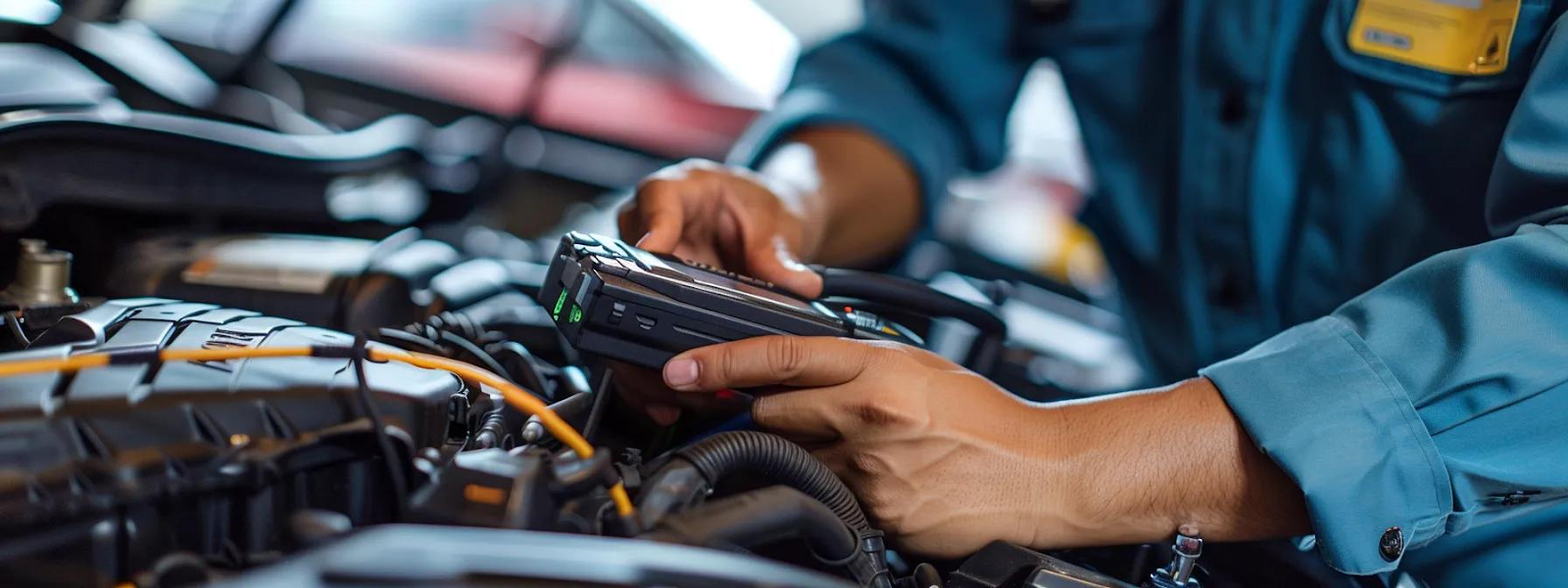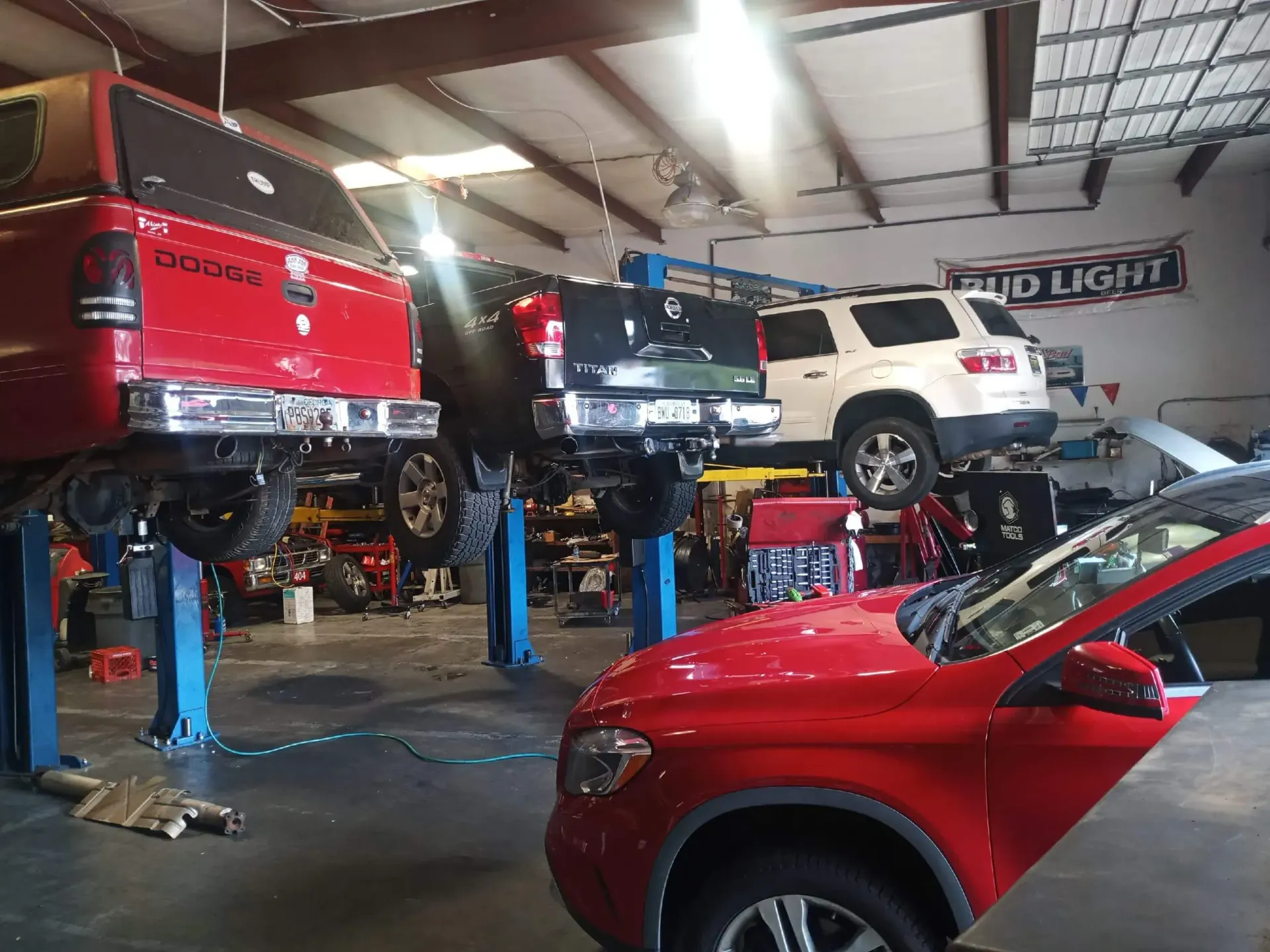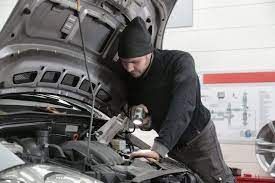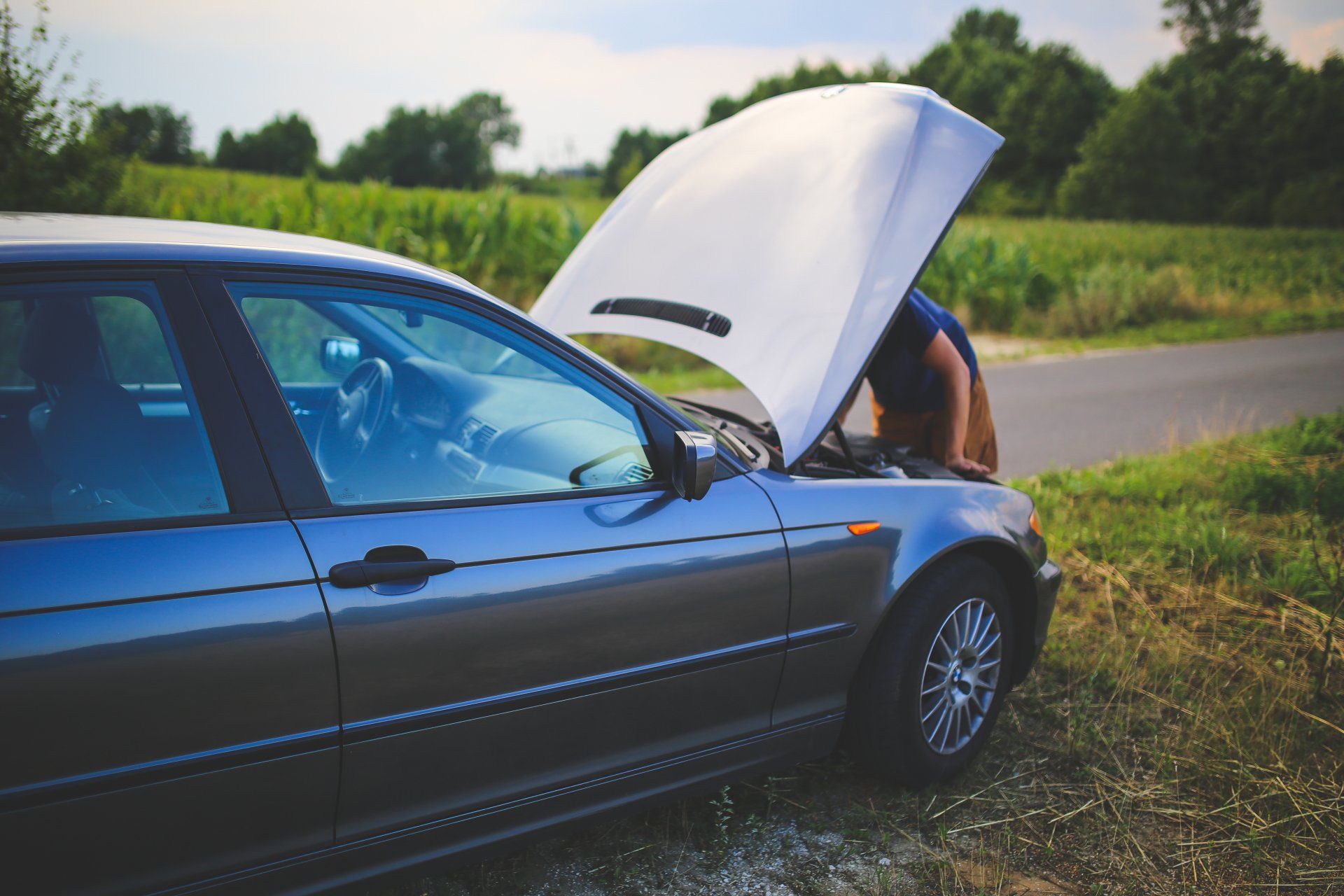10 Car Warning Signs You’re Likely Ignoring Until It’s Late
Most people believe that you need a mechanic’s eye to know when something’s wrong with your car. But here’s the truth: your vehicle often gives early signs of trouble. You just have to know what to look for.
We get it. Life’s busy. Strange car noises or a flickering dashboard light don’t always feel urgent. But those small things? They can turn into a roadside emergency, and eventually, a sudden repair that’s difficult to recover from. According to a new AAA survey, 64 million American drivers would not be able to pay for an unexpected vehicle repair without going into debt.
In this guide, we’ll walk through easy-to-spot visual and audio cues that may mean it’s time to visit an
auto repair shop. Let’s give your car a quick checkup together.
1. Check Engine Light: Not Always a Crisis, But Never a Joke
That little orange icon can mean anything from a loose gas cap to a misfiring engine. While it's tempting to ignore it if the car feels fine, doing so can allow small issues to grow.
If your check engine light stays on for more than two days, schedule a
diagnostic test.
2. Puddles Under Your Car: What’s That Leak?
t’s normal for your AC to leave a water puddle on hot days. But other fluids are warning signs:
- Reddish fluid? Possibly transmission.
- Green or orange? Coolant leak.
- Brown or black? Likely engine oil.
Slide a white paper towel underneath and snap a picture. Show it to your mechanic or bring it to your next appointment.
3. Odd Smells: What Your Nose Knows
Yes, your nose is a built-in sensor. Here’s what different smells may indicate:
- Sweet syrup: Coolant leak.
- Burning rubber: Overheated belts.
- Rotten eggs: Bad catalytic converter.
Trust your senses. Unusual smells are often the first sign of hidden trouble.
4. Strange Noises: Your Car’s Version of a Cry for Help
Your car has a language. And once you learn a few “words,” you’ll hear it clearly:
- Squealing when braking? Worn brake pads.
- Grinding? Possibly rotor damage.
- Clunking over bumps? Worn suspension or shocks.
Tip: Record the sound with your phone so a mechanic can hear it too.
5. Dashboard Lights: It’s Not Just the Check Engine
Modern cars have a symphony of icons:
- Oil light: Low pressure or low oil.
- Battery light: Charging issue.
- Brake light: Could be low fluid or a system fault.
Use your owner's manual to identify the symbols, or download a car health app that helps you track issues.
Example: A flashing oil light could mean you’re seconds away from serious engine damage.
6. Vibrations in the Steering Wheel or Brake Pedal
You don’t need to feel like you’re driving on cobblestones. If your steering wheel shakes or the brake pedal pulses, there could be:
- Warped rotors
- Tire alignment issues
- Suspension wear
Don’t guess: Uneven tire wear or alignment issues can lead to reduced traction. Does your steering wheel shake more at higher speeds? That could narrow down the cause.
7. Smoke from the Hood or Tailpipe
Smoke is never good. But the color can help pinpoint the issue:
- White smoke: Coolant leaking into the engine.
- Blue smoke: Burning oil.
- Black smoke: Too much fuel burning.
Safety first: If smoke is coming from under the hood, pull over and turn off the engine immediately.
8. Sluggish Acceleration or Gear Slipping
Feel like your car’s dragging its feet? Is it revving more than usual? You might have:
- Transmission issues
- Clogged fuel filter
- Failing spark plugs
Compare your car’s current drive to how it felt six months ago. Small shifts in responsiveness matter. Try driving up a mild hill. If your engine revs without gaining speed, it’s time to visit the shop.
9. Brake Pedal Feels Soft or Spongy
Your brakes should feel firm and reliable. If your foot sinks too easily into the pedal:
- You might have air in the brake lines
- Or a fluid leak
Don’t delay brake issues. They’re your first line of protection.
10. Flickering Lights or Power Outages
If your headlights dim when you idle, or your dashboard lights flicker, it may signal:
- Failing alternator
- Weak battery
- Wiring issues
Pro tip: Have your battery and alternator tested at least once a year.
Conclusion
Take action before trouble hits. You don’t need to know everything about cars to know when something just isn’t right. The signs above are your vehicle’s way of asking for help.
When in doubt, document what you’re seeing, hearing, or feeling. Then bring that info to a trusted auto repair shop in Suwanee like Wayne’s Auto & Truck Repair.
We’ve been helping drivers in Suwanee and nearby cities for over 35 years. Whether it’s a blinking light, a suspicious smell, or a puddle under your car, we can figure it out and get you back on the road.
Schedule your checkup today!
